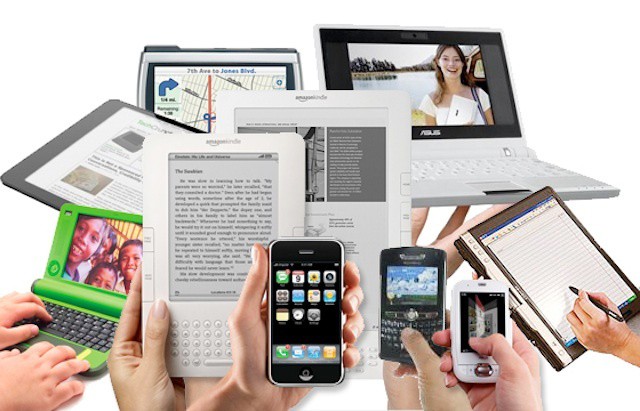Apple firmly positioned the iPad as an education solution during its education even in New York five months ago. Even before that, many schools and districts had begun pilot programs of full on iPad deployments. The iPad provides many opportunities in education as well as some challenges.
One of those challenges is cost. That’s not a surprise, considering the number of iPads required in order to give one to each student in a district. The San Diego school district, for example, recently spending $15 million as part of its massive iPad plan that includes nearly 26,000 devices.
Given the cost of such deployments and the attention that BYOD programs have gotten in both the tech and mainstream media over the past year or so, it was only a matter of time before someone in the education technology sector began to talk up the idea of BYOD in education as a way to cut the costs associated with such deployments.
The topic came up during the annual the International Society for Technology in Education’s (ISTE) annual conference and trade show in San Diego this week. EdTech magazine put together a short video talking up and summarizing reasoning behind the concept of BYOD in the classroom.
Generally, I’m a cautious fan of BYOD. The concept is popular right now in business for a range of reasons including perceived cost containment, increased productivity, and improved employee satisfaction. If researched and implemented properly, BYOD can be a very positive experience.
However, having worked in educational IT (with both public and private schools), I have to say that the idea of launching BYOD at the K-12 level makes me shudder. There are several serious concerns that should be forefront in the minds of school IT staff, administrators, teachers, and parents about BYOD in schools. Here are some of the big ones.
BYOD will almost certainly create a very uneven education playing field for students. Some may have access to a new iPad with LTE while others may not even have broadband access in their homes. While some variations in means and access to technology outside of school is simply a part of life, encouraging a situation where there is a distinct disadvantage to some kids in the classroom compounds those issues. It will almost certainly have some negative impacts on students whose families have fewer resources and is even likely to encourage discrimination or bullying of poorer students.
More practically, BYOD will create technical challenges. Most schools, particularly many public schools, have very limited IT budgets and are often understaffed. BYOD in any context raises the issue of supporting a wide range of devices. In education, where there are fewer resources and technology man-hours available, the impact will be more acute than in business.
Schools are subject to regulations federal and state regulations regarding Internet filtering and content blocking. Managed computers, iPads, and other devices make it possible to comply with these laws. If students can bring in their own devices, will a school be able to ensure that those devices are in compliance while on campus, particularly devices that offer mobile broadband?
If mobile management tools and on-device agents for regulation compliance or other reasons are implemented on student-owned devices, what are the potential legal ramifications of device ownership? What is questionable or dangerous content is discovered on a student’s personal device?
Schools tend to standardize on technology even more than corporations and for good reasons. It makes training teachers (and thus students) easier. It simplifies troubleshooting. It ensures a baseline of functionality and a selection of standard apps. All of that goes out the window in a BYOD model. Depending on platforms or even on different devices within a single platform like Android, the same apps may not be available or their functionality may differ from one device to the next.
Teachers will likely end up as unofficial tech support. If students are instructed to use a device look up a subject and one student can’t, the teacher is the first person to try to resolve the issue. That requires teachers to be tech savvy for whatever range of devices students may bring in. More importantly, a range of different devices means that teachers will need to be familiar with that broad range of devices, mobile platforms, and apps to ensure students are using them appropriately.
None of these are real concerns when working with school or district-owned and managed technologies. Even where concerns come up, the standardization allows acceptable use policies, mobile management tools, and other IT systems to resolve them.
Ultimately, the most effective way to ensure appropriate education technology use is to use devices that are school owned and managed. That can be a challenge to many public schools with tight funding, but BYOD is more likely to exacerbate problems than fix them.
Source: EdTech


